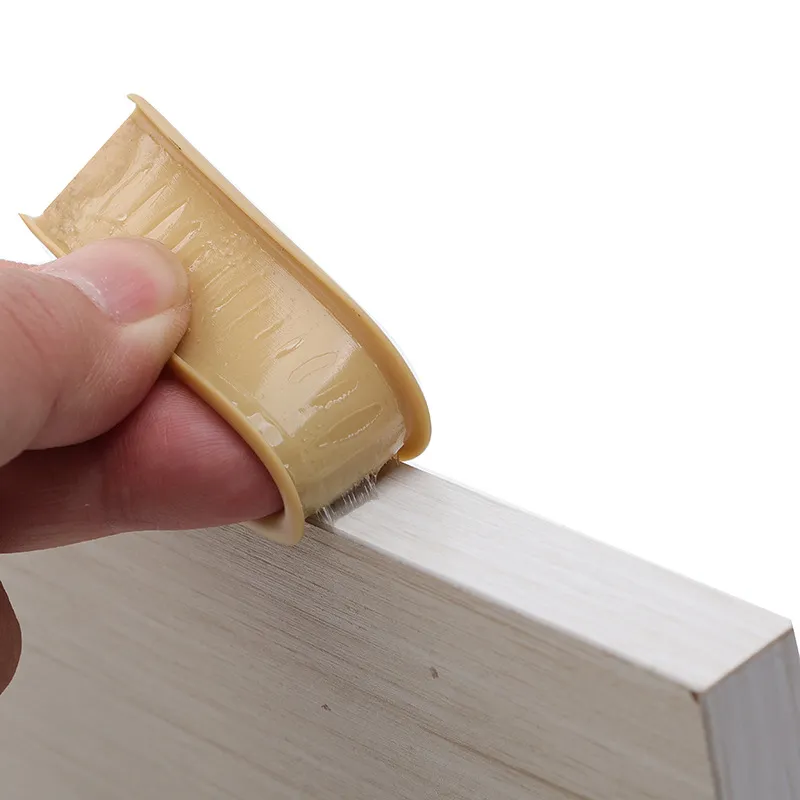interior door bottom seal
Understanding Interior Door Bottom Seals Importance, Types, and Installation
When it comes to maintaining a comfortable and efficient living environment, many homeowners overlook the significance of interior door bottom seals. These seemingly minor fixtures play a crucial role in enhancing energy efficiency, improving sound insulation, and providing aesthetic appeal to your home. This article will delve into what interior door bottom seals are, the different types available, their benefits, and how to install them effectively.
What Are Interior Door Bottom Seals?
Interior door bottom seals are strips or fixtures attached to the bottom edge of a door. They serve to close the gap between the door and the floor, preventing airflow, moisture, pests, and sound from infiltrating or escaping through the space underneath the door. While often associated with exterior doors, interior door seals are equally important, especially in homes with varied climate zones or multi-functional spaces.
Benefits of Interior Door Bottom Seals
1. Energy Efficiency One of the primary benefits of installing interior door bottom seals is enhanced energy efficiency. By sealing gaps, these strips help maintain room temperature, thus reducing the load on heating and cooling systems. This can lead to lower energy bills and a more comfortable living environment year-round.
2. Noise Reduction Interior door seals also play a significant role in soundproofing. They minimize the transmission of noise between rooms, which is especially beneficial in shared living spaces, home offices, or bedrooms. This can create a more peaceful atmosphere, allowing for better concentration and relaxation.
3. Pest Control Smaller pests like dirt, dust, and even insects can easily enter through the gaps under doors. Installing a bottom seal helps block these unwelcome visitors, contributing to a cleaner and healthier indoor environment.
4. Moisture Resistance For homes in humid areas or where water spills are common (such as laundry rooms or kitchens), a bottom seal can help prevent moisture from seeping under the door. This is important for preserving flooring materials and preventing mold growth.
5. Aesthetic Appeal Lastly, from an aesthetic perspective, an interior door bottom seal can enhance the visual appeal of the door. Available in various styles and materials, they can complement the design of your home and provide a finished look.
Types of Interior Door Bottom Seals
There are several types of door bottom seals available, each designed for different needs
1. Brush Seals These feature a strip of bristles that brush against the floor, allowing flexibility and effective sealing while accommodating uneven surfaces.
interior door bottom seal

2. Rubber Seals Durable and effective, rubber seals create a tight seal against the floor, perfect for minimizing sound and blocking airflow. They are particularly effective for heavier doors.
3. Vinyl Seals Similar to rubber seals, vinyl options are designed for versatility and ease of installation. They can be adhesive-backed for quick application.
4. Sweeps Door sweeps are attached to the bottom of the door and often combine brush and rubber materials. This type provides a comprehensive seal and is easy to install.
5. Magnetic Seals For high-performance needs, magnetic seals provide a robust solution to preventing airflow and noise. They are commonly used in professional settings but are becoming popular in residential applications as well.
Installation Tips
Installing interior door bottom seals is a straightforward process that can be completed with minimal tools. Here are some steps to follow
1. Measure and Cut Measure the width of your door and cut the seal to size, allowing for any necessary adjustments to fit corners or uneven edges.
2. Clean the Area Ensure the bottom of the door is clean and free of debris to facilitate proper adhesion.
3. Choose Your Attachment Method Depending on the type of seal, use the appropriate method of attachment—be it adhesive, screws, or clips.
4. Align and Secure Position the seal against the bottom of the door, ensuring it aligns properly with the floor. Secure it in place according to the manufacturer’s instructions.
5. Test for Gaps After installation, close the door and check for any gaps. Adjust as necessary to ensure a snug fit.
Conclusion
Interior door bottom seals are essential features that provide numerous benefits, from energy savings to sound insulation. Understanding the types of seals available and how to install them can enhance your home’s comfort and efficiency. By taking the time to address this often-overlooked aspect of home maintenance, homeowners can enjoy a more pleasant living environment for years to come.
-
Under Door Draught Stopper: Essential ProtectionNewsJul.31,2025
-
Garage Door Seal and Weatherstrips for ProtectionNewsJul.31,2025
-
Edge Banding Tape for Perfect EdgesNewsJul.31,2025
-
Table Corner Guards and Wall Corner ProtectorsNewsJul.31,2025
-
Stair Nose Edging Trim and Tile Stair SolutionsNewsJul.31,2025
-
Truck Bed Rubber Mats for Pickup BedsNewsJul.31,2025
-
Window Weather Stripping for Noise ReductionNewsJul.29,2025